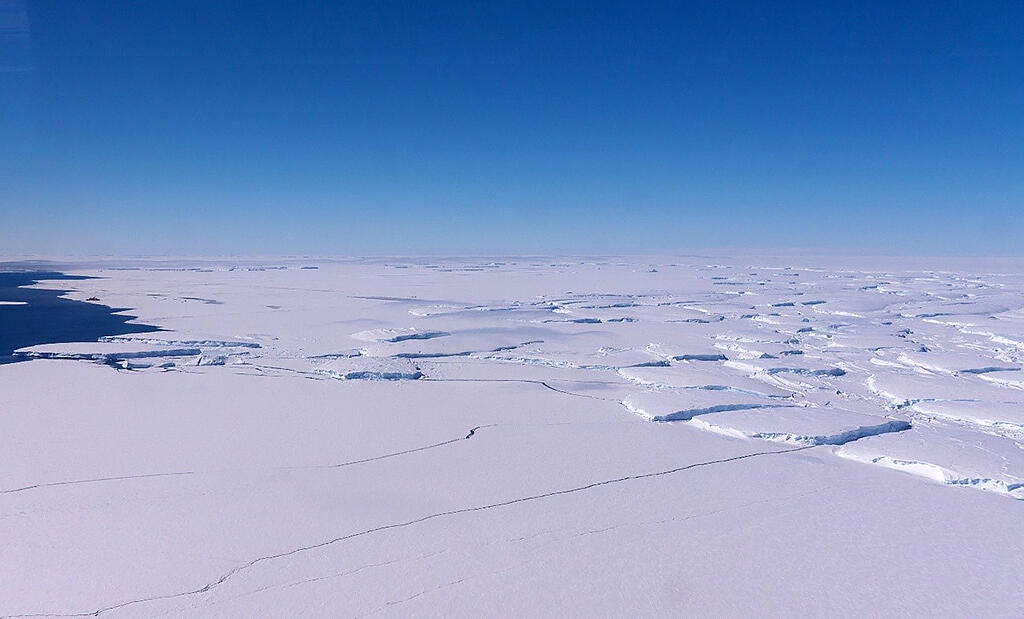In recent years, a decrease in ice sheet mass has been reported in the area around the Totten Glacier, which is one of the largest in East Antarctica, and there are concerns about future large-scale ice sheet runoff.

Credit: National Institute of Polar Research
A research group including Assistant Professor Daisuke Hirano of the National Institute of Polar Research, Assistant Professor Kohei Mizobata of the Tokyo University of Marine Science and Technology, Researcher Hiroko Sasaki of the Japan Fisheries Research and Education Agency, and Associate Professor Shigeru Aoki of the Institute of Low Temperature Science, Hokkaido University revealed that large oceanic eddies located off the coast of the Totten Ice Shelf efficiently transport relatively warm seawater toward Antarctica. They achieved this using an integrated analysis of field observation data and satellite observation data acquired by large-scale ocean observations carried out by the Japan Fisheries Research and Education Agency research vessel "Kaiyo-Maru" and the Antarctic research vessel "Shirase". During the 10th Antarctic Sea survey of the Kaiyo-Maru (December 2018 - February 2019) and the 61st Japanese Antarctic Research Expedition on board the Shirase, oceanographic observation was carried out in a wide area off the Totten Glacier, and vertical profile data, such as water temperature, salinity, and dissolved oxygen, were obtained. Data obtained at 91 ocean observation points on both voyages and satellite observation data were integrated for analysis.
The ocean is filled with various eddies of large and small sizes, but most of them appear and disappear intermittently. However, the enormous eddies off the Totten Glacier are standing eddies. This is a very important feature of the water in this area. As shown by the analysis results, warm water is always efficiently transported from offshore to the eastern half of the continent (south downstream area) by the standing eddies. Furthermore, the oceanic heat being transported to the continent by these standing eddies is estimated to be sufficient to melt the Totten Glacier. Warm seawater flowing into the glacier terminus triggers ice sheet runoff by melting it from below.
These results are expected to lead to a comprehensive understanding of the mass loss process in the Totten Glacier region, where the loss of the ice sheet is accelerating. According to Assistant Professor Hirano, "Loss of ice sheet mass has been revealed in the area around the Totten Glacier, which is one of the largest in East Antarctica. When warm seawater flows to the margin of the ice sheet, the ice sheet melts from below, and results in ice loss from the sheet. This result will lead to comprehensive understanding of the acceleration of the ice sheet loss process in the Totten Glacier region. We will continue to accumulate observational knowledge and conduct integrated research with numerical models. We would like to promote it and contribute to the progress of research on future predictions of sea level and climate change."
This article has been translated by JST with permission from The Science News Ltd.(https://sci-news.co.jp/). Unauthorized reproduction of the article and photographs is prohibited.




